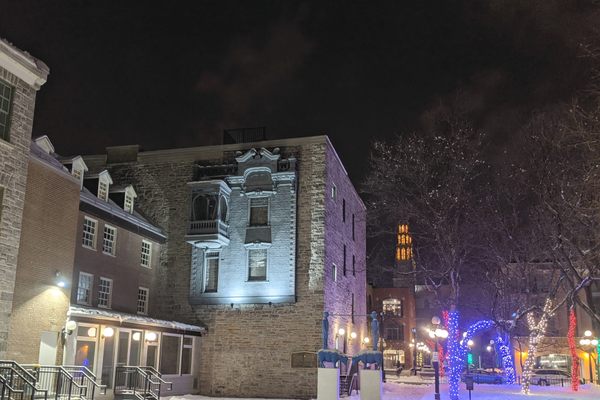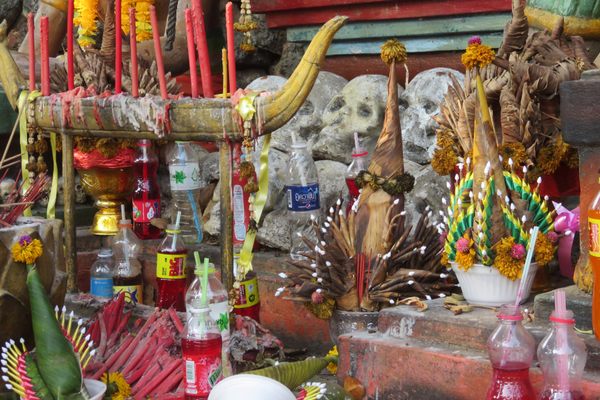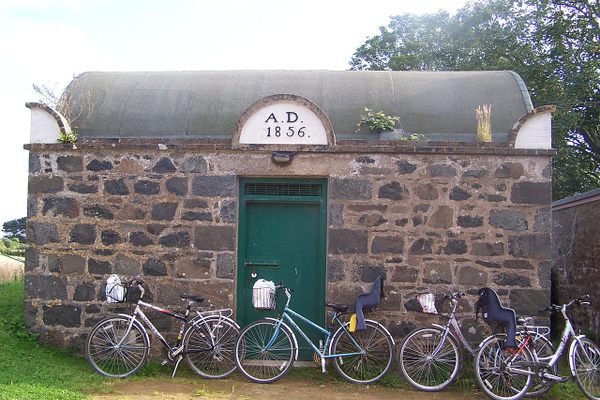Ottawa Jail Hostel
This inexpensive lodging house was once a prison notorious for its inhumane practices.
Though today this building is home to a hostel operated by Hostelling International, the Ottawa Jail Hostel once held incarcerated people instead of visitors looking for a cheap place to stay. After the jail closed its doors in 1972, Hostelling International saw the potential in the empty building and purchased it, converted it, and opened it for people passing through the area. The top floor, which was once used as a death row, has been restored to its original conditions so that visitors can tour the space.
Given the building’s unique history, it’s perhaps unsurprising that rumors persist that the Ottawa Jail Hostel is haunted. Spirits of inmates who once were kept inside of the building against their will, it is said, wander the building at night, slamming doors, appearing at the foots of guest’s beds, and lending their disembodied voices to the halls and common rooms.
Before the jail closed, it was the main cell block anywhere in Ottawa for more than a century. The building was first constructed in 1862 next to the area’s courthouse.
Perhaps the most famous event in the building’s history is the hanging of Patrick J. Whelan on February 11, 1869. Whelan was charged with the assassination of Thomas D’Arcy McGee and was so despised that about 5,000 people turned out to watch Whelan’s hanging. Whelan was promised by the judge that he would be buried in his family’s plot in Montreal, but because it was feared that many would riot at the site, Whelan’s body was secretly buried at an undisclosed location on the jail’s grounds.
The unknown location of Whelan’s burial site somewhere on the grounds of the Ottawa Jail Hostel contributes to the rumors of spooks and ghosts. In addition, it’s known that the jail inflicted very inhumane conditions upon those imprisoned there. Overcrowded, up to 150 prisoners would be forced to share about 60 tiny cells and 30 slightly larger ones. Men were mixed with women and children and those arrested for drunk and disorderly conduct would often share a cell with murderers or those with mental illnesses.
Plan Your Trip
The Atlas Obscura Podcast is Back!





















Follow us on Twitter to get the latest on the world's hidden wonders.
Like us on Facebook to get the latest on the world's hidden wonders.
Follow us on Twitter Like us on Facebook